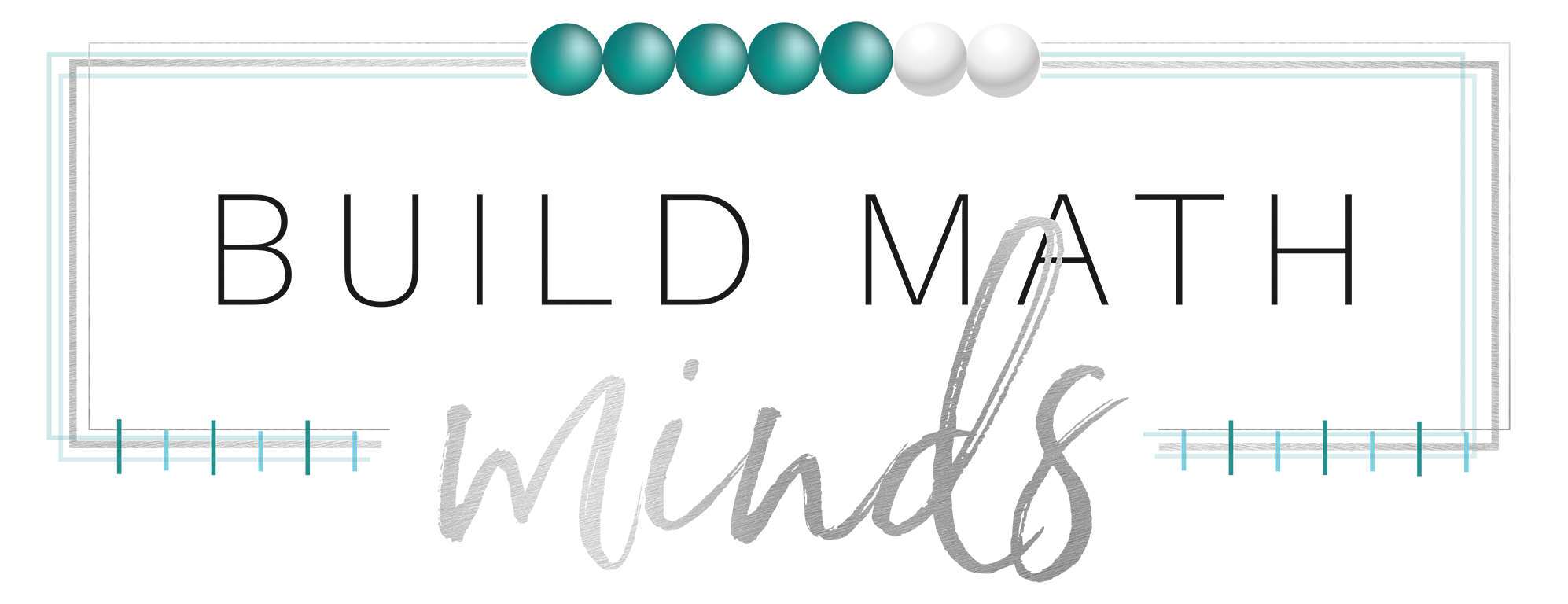The book study over at Math Coach’s Corner on the book Teaching Numeracy: 9 Critical Habits to Ignite Mathematical Thinking by Margie Pearse and K.M. Walton is in full swing. Below are my thoughts for the week (Critical Habits 3 & 4). If you want to join in, all you need to do is start reading and post comments on her blog posts for the book study:
Let’s revisit Base 10 Blocks, most textbooks use them to show kids how to do the algorithm. But the algorithm is only one way that you can use them. Let’s say we are subtracting 51-29. If I start modeling that problem with Base 10 blocks, the U.S. traditional algorithm is the last way I would use them to solve the problem. Here are some ways kids could potentially use Base 10 Blocks to solve the problem if we would let them decide how they wanted to solve the problem (Just an FYI, these images were all created using the Number Pieces app by The Math Learning Center and cropped using the Skitch app):

51-29 is commonly solved by subtracting 30, but then many kids, and adults, don’t know what to do next. Do you add or subtract that “extra one”? Using Base 10 Blocks or a number line can help kids understand that they took away one more than they should have so they need to put one back in.

When the numbers being subtracted are close together, some kids find it easier to just add up to find the difference between the two numbers.

Kids often like to decompose the number they are subtracting to take it away in friendlier chunks. This strategy can easily be done with Base 10 Blocks and on the number line.

Some kids like to take the 29 away in easier pieces and they see how easy it is to take the 9 away from a full 10. Then they put the extra blocks together to get their answer. This is a precursor step that some kids do before moving to the ‘algorithm.’ Kids don’t see the sense in combining the 10 and 1 to make 11 and then take 9 away, when they can just take the 9 straight from the 10.

This is what we teach kids to do with Base 10 Blocks when subtracting; break one of the 10s apart to get enough 1s to be able to subtract 9. However, this is the least intuitive way for kids to use the blocks.
Are there other ways that you have seen kids use Base 10 Blocks to solve a subtraction problem? Or are you seeing kids only using them to model the traditional algorithm?
Hiebert, J., Carpenter, T. P., Fennema, E., Fuson, K. C., Wearne, D., Murray, H., et al. (1997). Making sense: Teaching and learning mathematics with understanding. Portsmouth, NH: Heinemann.
